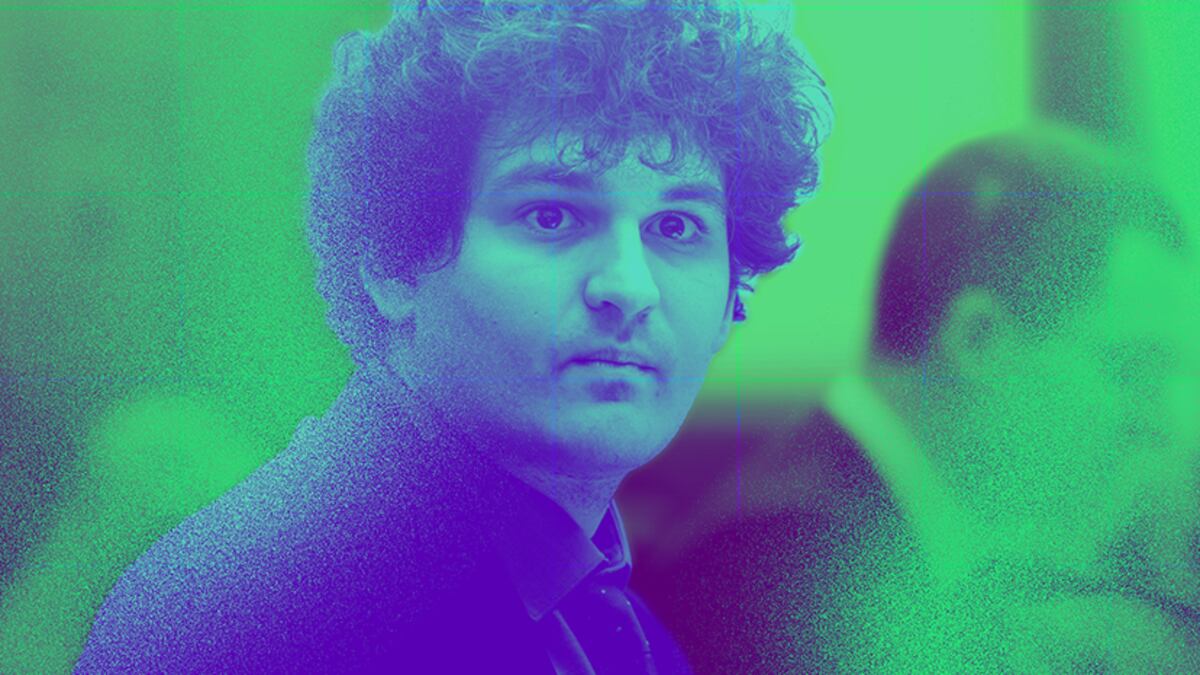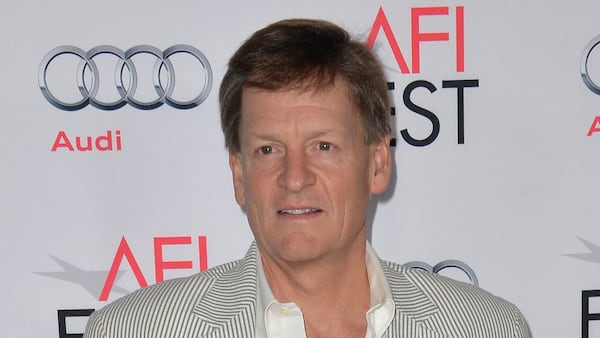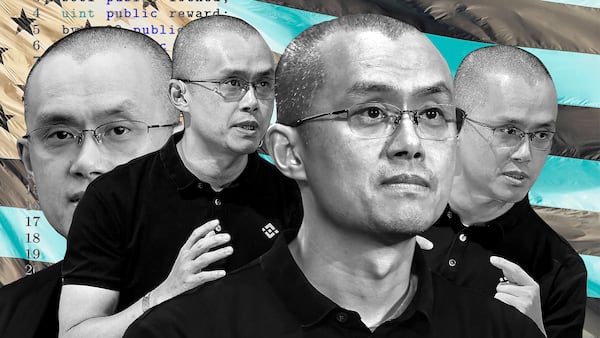- The trial against Sam Bankman-Fried will kick off on Tuesday.
- Jury selection will take up most of the first day of the trial against the founder and former CEO of FTX.
- TMR Labs’ Ari Redbord explains what to expect from the first day of the much-anticipated trial.
Ari Redbord is the global head of policy and government affairs at TRM Labs, the blockchain intelligence company. Views expressed are his own.
Exactly nine months and 20 days after Sam Bankman-Fried was arrested in the Bahamas, the founder and former CEO of FTX will stand trial this week in New York federal court on charges related to his involvement in defrauding customers of the exchange.
The case against Bankman-Fried, known as SBF, with an extradition, multiple cooperating witnesses, and a mountain of electronic evidence, has moved at Usain Bolt-esque speed.
Cases of this size and scale can often take years to go to trial. However, before both sides make their opening statements, a jury must be selected. This process, called voir dire, kicks off tomorrow.
Old French for “to speak the truth,” voir dire is the process in which potential jurors from the community are questioned by either the judge or the lawyers to determine their suitability for jury service.
In other words, the process is intended to allow both sides and the court to identify jurors that are impartial and unbiased. During the process the judge will ask questions — including those submitted by government and defence lawyers — of prospective jurors.
Some questions will be personal in nature (travel, work, medical), while some will be more substantive to determine whether or not a juror has a connection to the parties in the case or holds a bias for or against the defendant.
Think — “Have you ever owned cryptocurrency?” or “Have you ever held been a FTX customer?” Given the serious nature of the case, lawyers on both sides can each use ten peremptory challenges to remove jurors from the case.
While the questions, for the most part, are standard jury selection fare, voir dire is the first time attorneys for both sides will have an opportunity to evaluate the men and women who will decide the case.
It also provides an opportunity for government and defence counsel to subtly preview their respective cases through their questions.
The seasoned prosecutors and defence lawyers will not just be listening for answers but also evaluating juror body language and other behavioral manifestations of bias.
Laying out the charges
The first thing the judge will do in the voir dire process is preview the charges to the courtroom filled with prospective jurors.
The judge will explain that the indictment — which is not evidence — alleges that SBF and his co-conspirators defrauded FTX customers and investors and conspired to launder the proceeds of the fraud.
The court will explain that, specifically, the indictment charges SBF with seven criminal charges including wire fraud, conspiracy to commit wire fraud, securities fraud, and commodities fraud on FTX customers and investors and Alameda lenders.
The indictment also charges SBF with money laundering conspiracy for attempting to hide the proceeds of the fraud.
Of these charges, only two — wire fraud on FTX customers and Alameda lenders — are “substantive,” meaning prosecutors must prove beyond a reasonable doubt that SBF himself actively engaged in the criminal activity.
The wire fraud statute – 18 U.S.C. Section 1343 – criminalises the use of wire (in this case, the internet) to engage in a scheme to obtain money or property by means of “false or fraudulent pretences, representations, or promises, transmits or causes.”
The remaining five charges are “conspiracy” charges, meaning the government must prove that SBF planned, with at least one other person, to commit the crime.
In the Department of Justice’s proposed jury questions, the government asks the court to explain to the jury that, “there is no need to prove that the crime or crimes … actually were committed,” with conspiracy charges, unlike the substantive charges.
This is an important distinction and the judge will reiterate this point in his jury instructions at the end of the trial.
Simplifying things
While this all sounds very complicated, prosecutors will likely try to simplify things by presenting evidence that SBF and his co-conspirators intended to commit a massive fraud on customers and investors.
If the government is able to effectively prove the fraud, they are likely to meet their burden on most or all counts.
Meanwhile SBF’s lawyers will argue that, while SBF was sloppy and incompetent, he did not have the criminal intent to defraud customers and investors.
Defense counsel will also argue that SBF took various actions “on advice of counsel,” which could potentially obviate criminal intent.
And this is all expected on just Day 1.
Over the next several weeks — don’t make plans for November — we will see opening statements, hear from myriad witnesses, and be presented with millions of pages of evidence, recordings, and testimony from SBF’s inner circle.
Just nine months and 20 days from arrest and about 11 months from the collapse of FTX, this case has moved at unprecedented speed. We will see if the trial proceeds as quickly.



